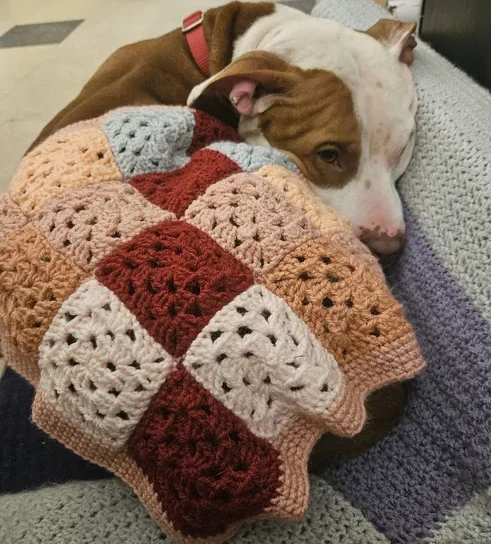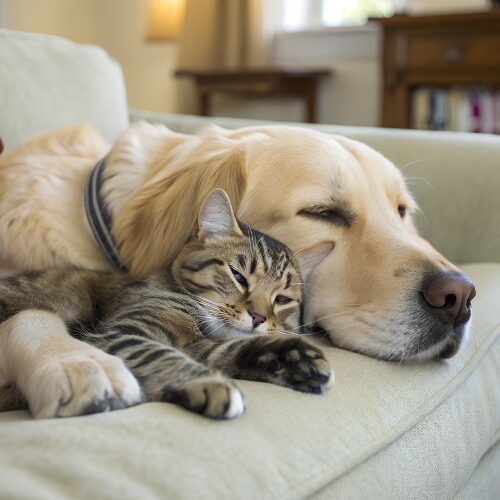Bringing a new pet into your home is an exciting experience, but it’s important to remember that change can be overwhelming—especially for the newest member of your family.
Imagine you’ve just moved into a new home. You’re unfamiliar with the layout; the walls creak with the passing wind; you haven’t quite figured out the ideal temperature setting for your water; It would likely take a few restless nights to get settled in. That’s exactly how your new pet might feel. They’re suddenly surrounded by unfamiliar sights, smells, and sounds, and it takes time to feel safe and secure.

The Rule of Threes
Every pet is different, but a helpful guideline to keep in mind is The Rule of Threes:
- 3 Days to decompress and begin to relax in their new environment.
- 3 Weeks to start showing their true personality.
- 3 Months to feel truly at home and comfortable with their routine.
Some pets may adjust faster, while others might take more time, and that’s perfectly okay!
How can you help them adjust? Here are a few tips or tricks that we recommend:
Let Them Set the Tone
Give your new pet the space they need to adjust on their terms. Start by setting up a decompression area:
- For cats, confine them to a single room with food, water, a litter box, and cozy bedding. As they grow more confident, you can slowly expand their access to other areas.
- For dogs, designate a quiet, low-traffic area with a bed or crate where they can retreat when they feel overwhelmed.
Avoid pushing for attention—allow them to come to you when they’re ready. This approach builds trust and helps them feel more in control.

Establish a Schedule
Having a routine is important for new pets. This provides them with an easy understanding of how the house operates and what they can expect.
Consistency brings comfort. Create a predictable daily routine:
- Feed your pet at the same time each day.
- Keep potty breaks and walks consistent.
- Stick to familiar walking routes to avoid overstimulation while they adjust to their new surroundings.
- Take your new dog out for potty breaks often. This will help them recognize which door to use and help you get accustomed to their bathroom habits.
Contact with other pets
If you already have pets at home, don’t rush the introduction. Sudden meetings can be stressful and may lead to tension or fear. Use slow, gradual introductions to help everyone feel safe and respected. Our adoption counselors can provide personalized tips to help you every step of the way!
Things to Avoid
Until you’re more familiar with your pet’s personality and preferred schedule, there are a few things you may want to consider slowly introducing.
Avoid taking your new dog to parks, pet stores, and other high-traffic locations (unless it’s your veterinarian). Instead, use this time to work on training, so that you both feel more confident and at ease with each other. Keep interactions with new people to a minimum, so that you and your new pet can focus on building relationships within your household. Once comfortable, you can slowly begin to introduce new people and places.
Take all the time your pet needs to get used to your house, your friends and family, and any other animals in their life. If you have any questions, we can help!
Body Language
Being able to read your pet’s body language can help you know when they’re feeling overwhelmed:
- Dogs: lip licking, yawning, panting, turning away, or a tucked tail.
- Cats: hiding, flicking their tail, flattened ears, or hissing.
As you get to know your pet, you’ll start to recognize their unique communication style—and be better equipped to help them feel comfortable.
Every animal deserves time, patience, and compassion as they transition into a new life. Whether it’s your first pet or you’ve had multiple animals, Lollypop Farm is here to support you. Our adoption counselors can provide tips and help you develop a plan, so you and your new pet can start your journey together on the right paw.



